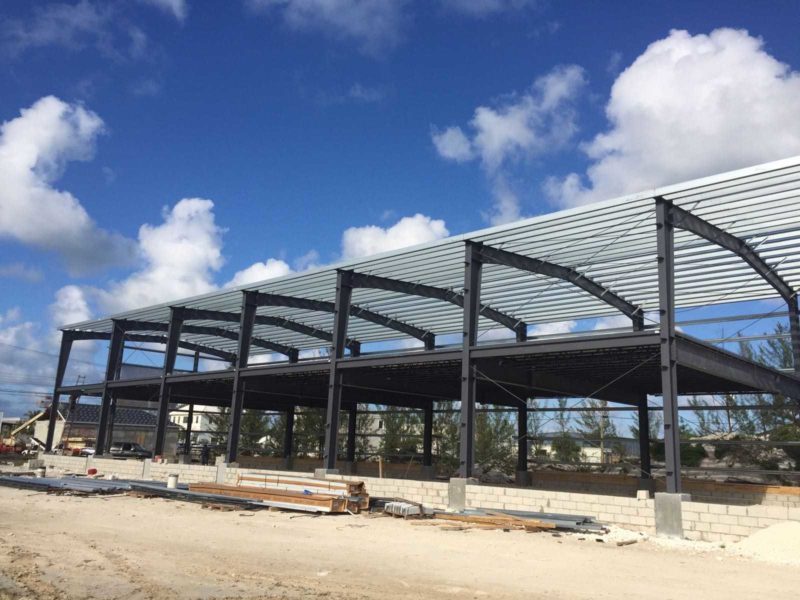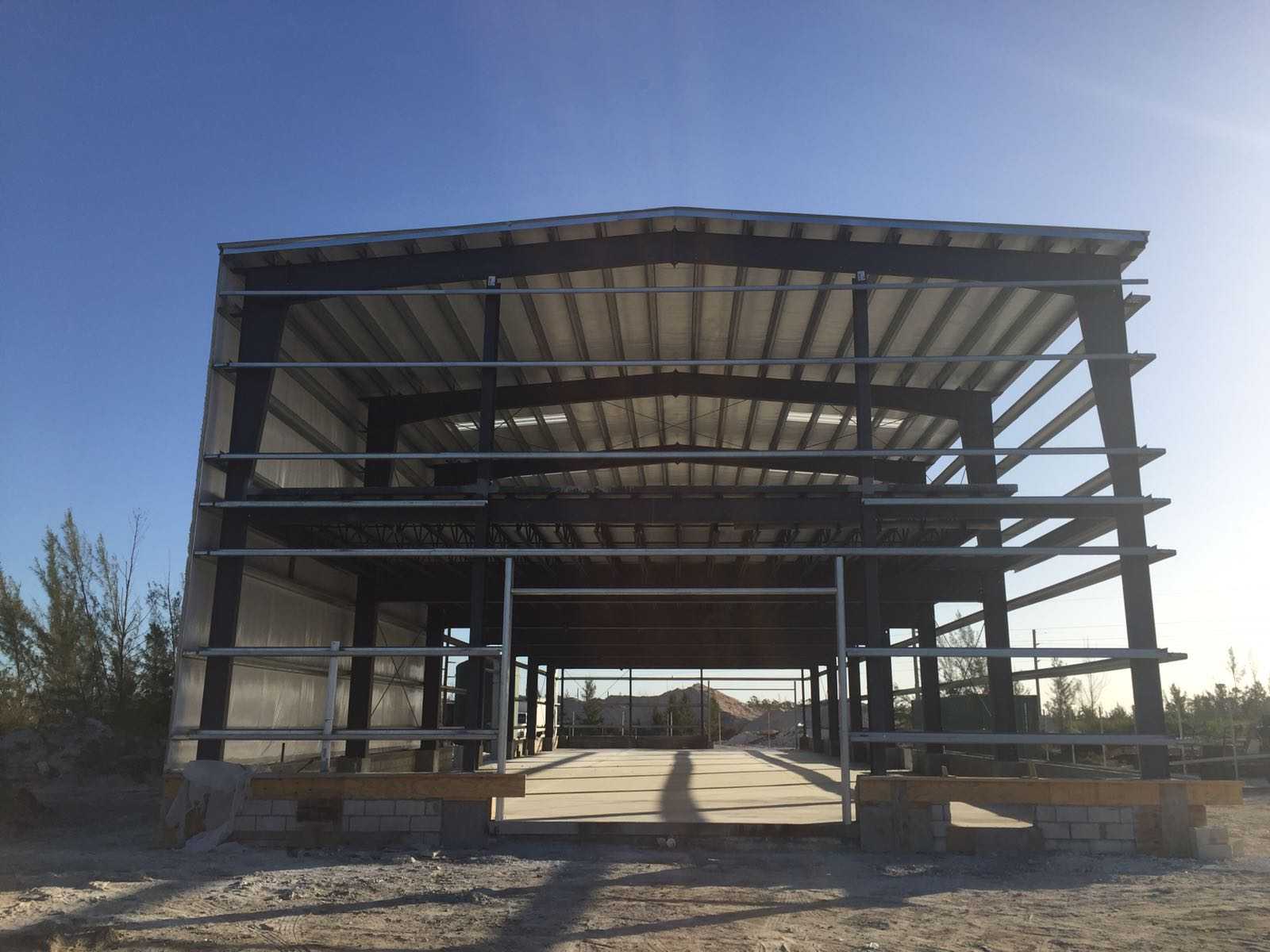Population and employment growth have exploded across several densely populated areas, with a land base that strictly limits the construction of industrial and commercial property. The Metropolitan Vancouver area is one such region.
Land competition is always increasing, particularly industrial land which is under an immense amount of pressure to be converted into space for other purposes, including commercial real estate, as well as residential properties. For the Vancouver region, in 15 years, it is projected that the current supply of land for industrial property will be entirely exhausted.
Industrial Land Supply
To better understand the challenges Vancouver is facing with their industrial land supply, several land inventories were conducted in 2005 and 2010. They mapped the location of available industrial land in the region and quantified the supply. According to the 2010 inventory, over 21,612 acres, or 76% of the identified 28,246 acres of industrial land was developed with industrial real-estate, while only 24% (6,634 acres) was left vacant. In 2012 the percentage of vacant industrial land was adjusted to 6,509 acres.
In order to meet Vancouver’s future industrial needs, they will need to be able to expand their land base more efficiently by re-purposing existing industrial lands. The region recognizes this, which is why Vancouver is studying intensification policies in order to encourage improved intensification and utilization of land for industrial real-estate.
What is Intensification?
Intensification, as defined by Metro Vancouver, allows sites to achieve higher-density forms of development to optimize their industrial land potential, and facilitates growth by re-developing existing underutilized sites into more efficiently designed industrial buildings, thus making industrial activities more productive and efficient.
With respect to how industrial land intensification is measured and defined, early work on this phenomenon emphasized a large gap in practice and planning literature. In order for regions like Vancouver to be able to develop policies related to industrial land intensification, they must have a better understanding of how intensification works in relation to the context of industrial land.

A research practicum recently explored expanded measures and definitions related to intensification. The study developed a sample multi-variable analytical tool that can communicate these measures and definitions and facilitate how industrial land intensification is evaluated. This multi-variable tool is based on tools that are used in sustainable development preparation for sustainability assessment. Industrial land stakeholders were interviewed, measures and definitions of industrial intensification were taken into consideration, and the prototype was enhanced. When the project concluded, a discussion was held regarding the future of the tool. Several possibilities were thrown around, including creating numerous versions of the same tool for different industrial sectors at different scales, adapting the tool into a checklist to be used for municipal development application procedures, and creating a rating system specific to intensification.
Over time, the prototype tool could become integrated into development and planning strategies to apprise land intensification policies in a variety of areas, including the metropolitan Vancouver region.
In short, when in doubt, build up with a multi-level steel buildings.

